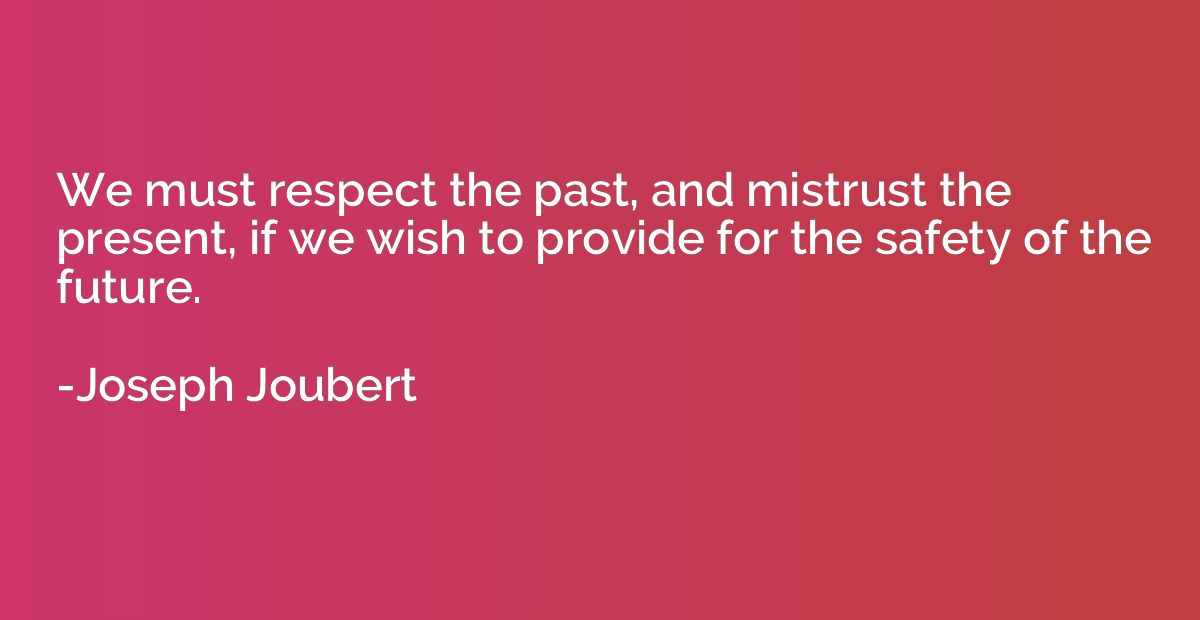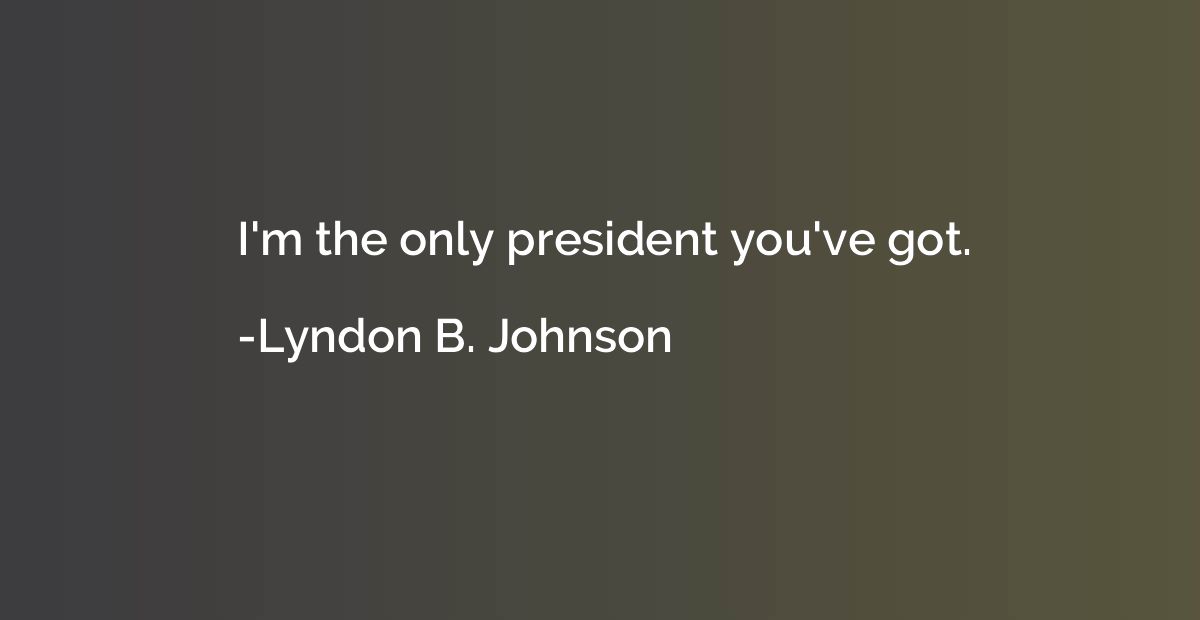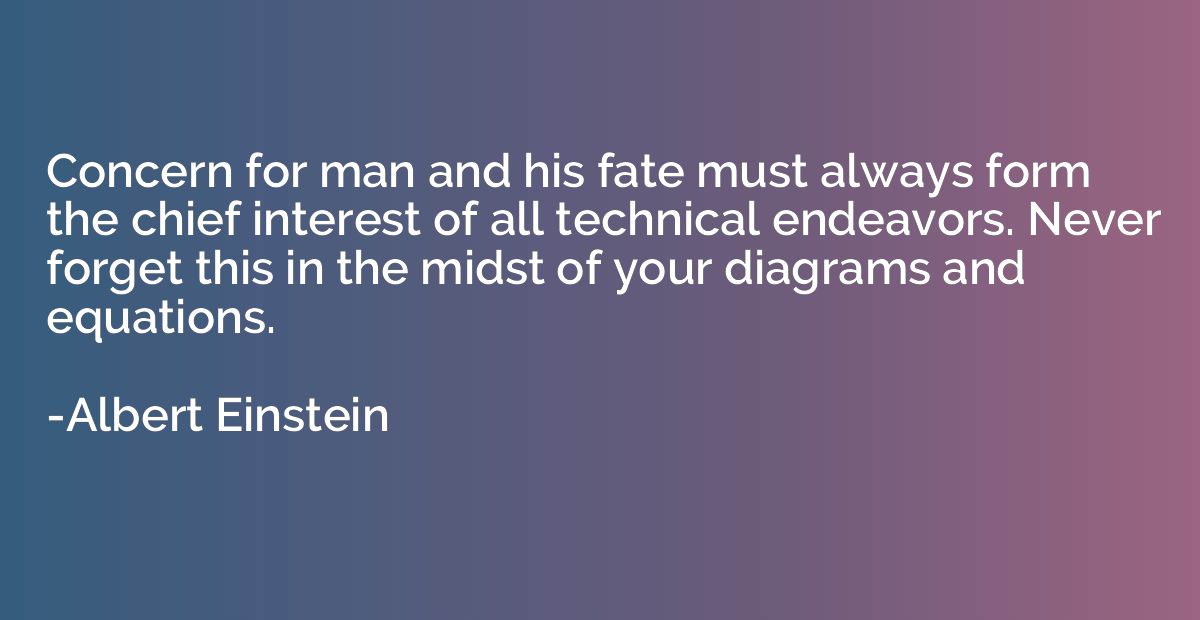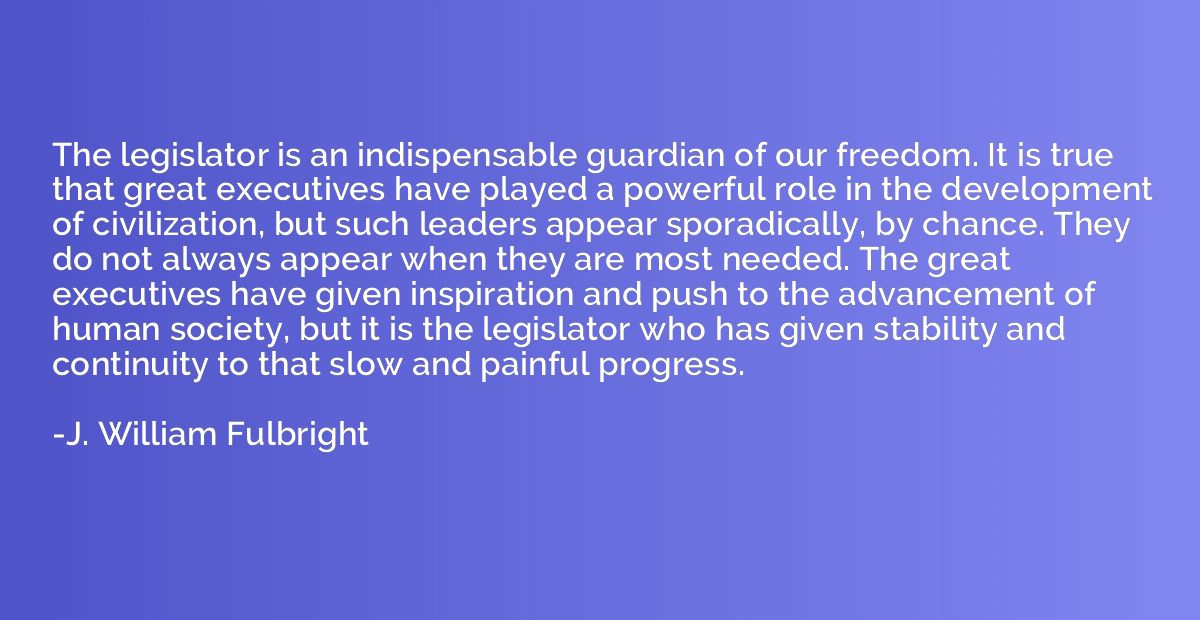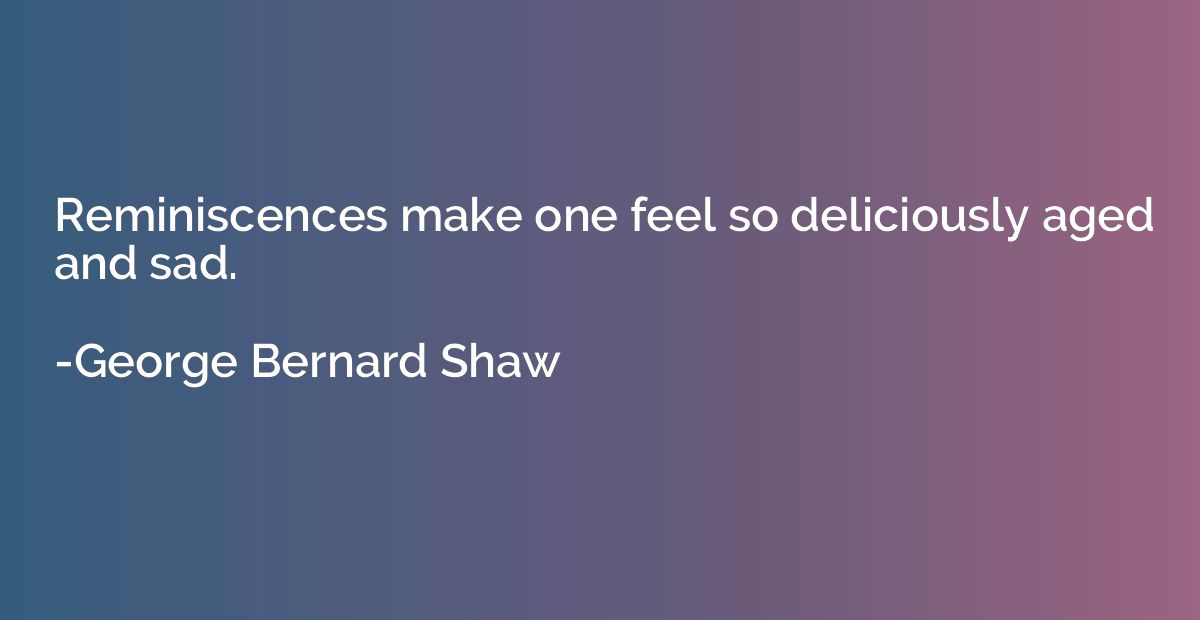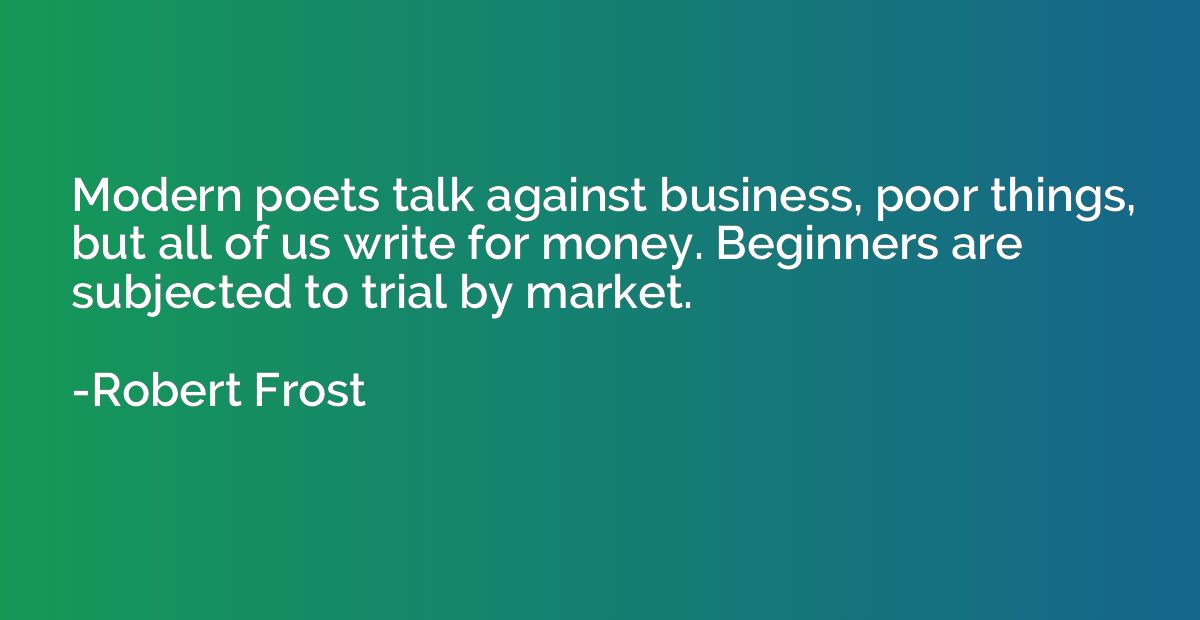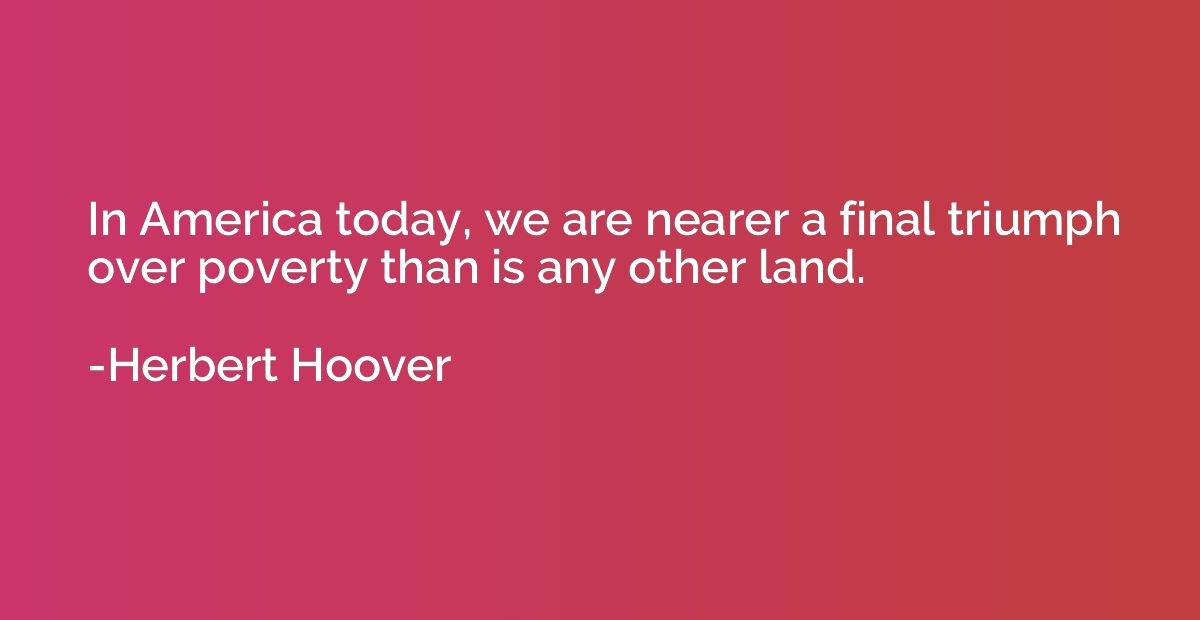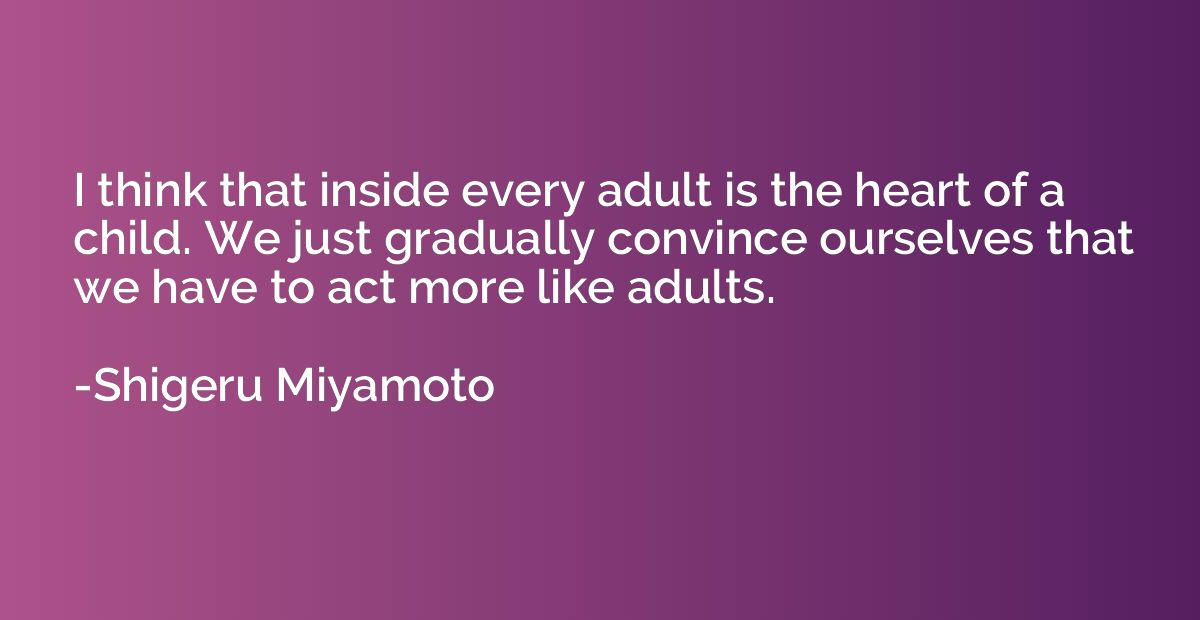Summary
This quote suggests that despite the difficult circumstances of being on a battlefield, the individuals being referred to were able to enjoy exceptionally high-quality food. It implies that amidst the chaos and hardship, they were fortunate enough to have access to delicious and satisfying meals that surpassed the typical standards of battlefield cuisine. It highlights the significance and appreciation for this small luxury amidst the challenging conditions of war.




